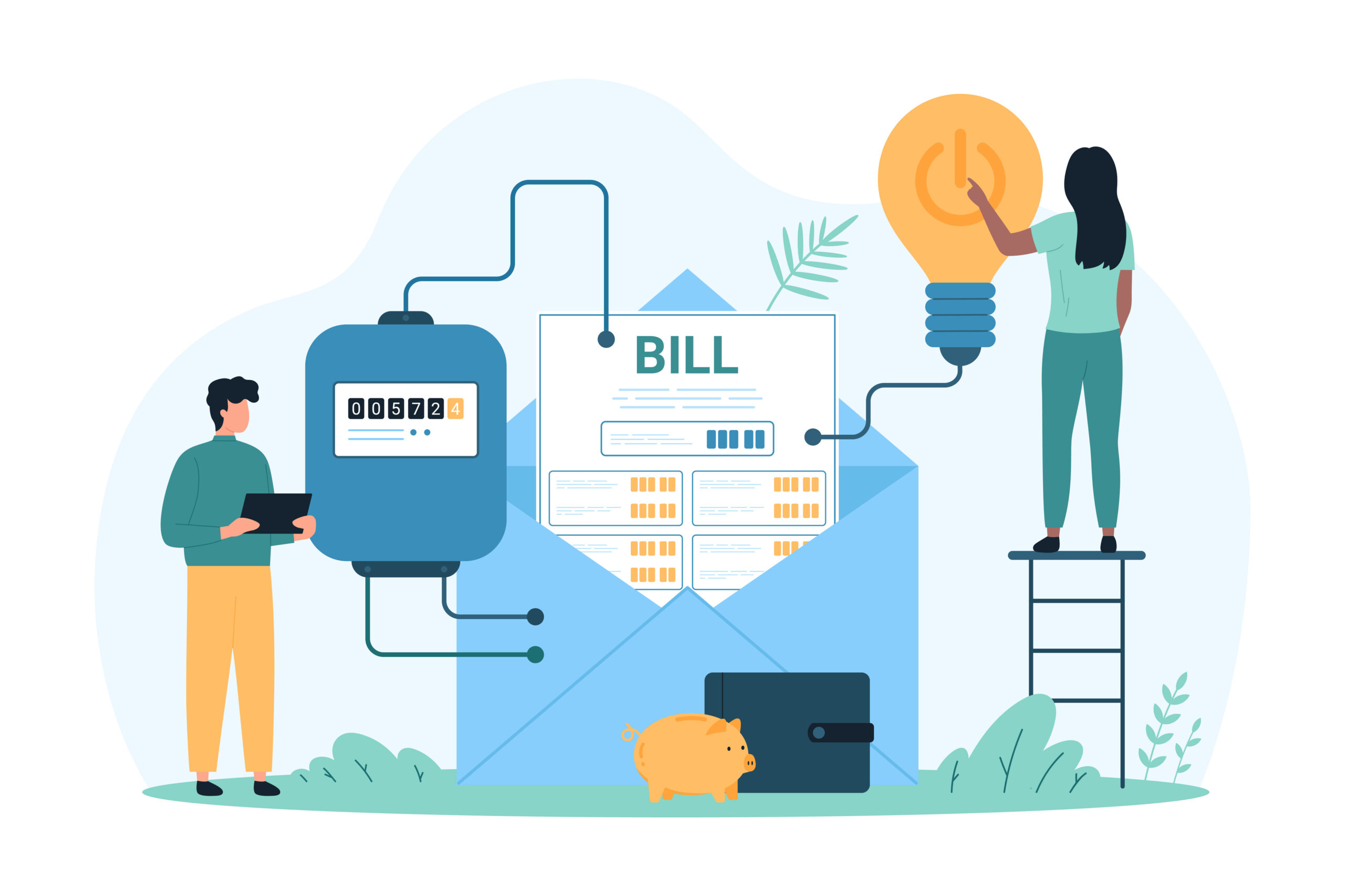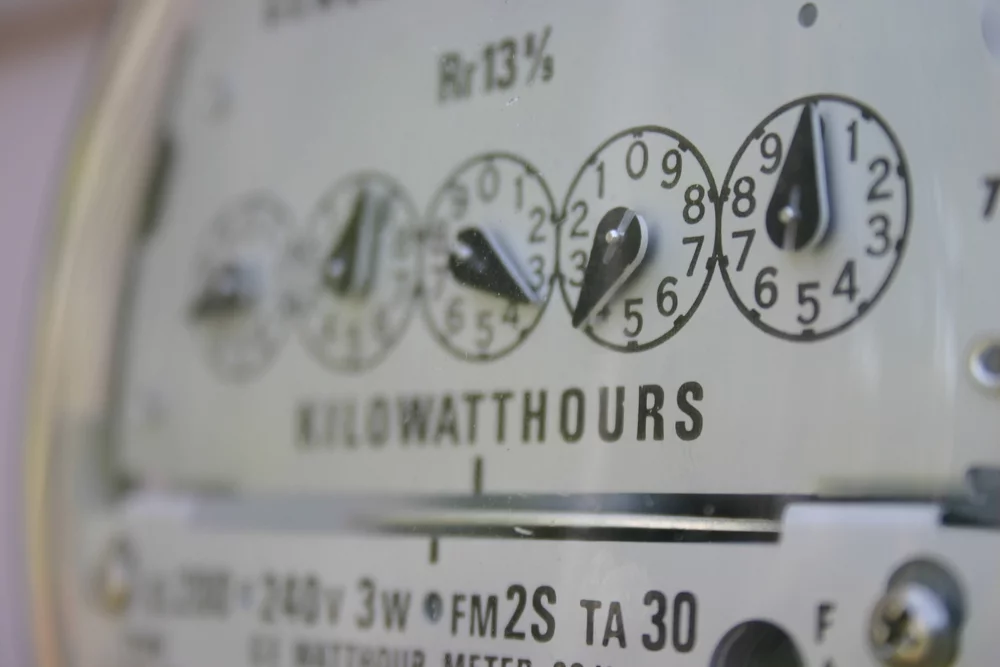Over the last decade, the impact of climate change has become viscerally apparent with increases in both the volatility of weather events, as well as record-breaking temperature extremes that have increased successively each year. To account for this, world leaders have called for decarbonization and electrification efforts to lay the groundwork for increased energy flexibility and resiliency, while divesting from the harmful fossil fuels that cause climate change. For many U.S. ratepayers, this has led to higher utility bills, a growing concern for utility customers. Fortunately, with distributed energy resource (DER) adoptions on the rise, the potential of demand flexibility programs like demand response, EV managed charging, or BYOD programs are poised to streamline the utility rate design, softening the high expenses associated with climate change during the energy transition.
Rate Design 101: The Basics
The U.S. electric utility industry is regulated, and as naturalized monopolies, most utilities must justify any rate increase. As such, several guiding principles inform best practices on rate design.
- Affordability – customers should be able to engage in and afford grid services without paying an exorbitant premium.
- Compensation – customers providing power back to the grid should be compensated fairly.
- Baseline costs – Customers should pay only for grid services and supply costs reflective of their usage.
According to NARUC, rate design can also include replacing or upgrading physical infrastructure while meeting supply chain needs. Ultimately, these costs are determined in advance, and this information is used to petition for any agreed-upon shifts to the rate structure, all with fairness and equity centered on developing reasonable rates for customers.
The Role of Behind-the-Meter DERs & Grid-Edge DERMS
Distributed energy resources (DERs) represent a spectrum of technologies that control, generate or store energy. This includes photovoltaic solar, battery energy storage systems, electric vehicles and EVSE chargers, and smart devices like thermostats or water heaters. Distributed energy resources management systems (DERMS) aggregate and control these otherwise disparate devices for many demand flexibility initiatives to help meet rising electric needs. Distributed energy resources management systems come in two varieties:
- Grid DERMS – Grid DERMS platforms control and manage utility-owned assets like solar or battery installations.
- Grid-Edge DERMS – A complementary strategy, Grid-Edge DERMS aggregate the behind-the-meter DER assets found at the edge of the grid: residential, business, and commercial spaces.
Together, these two systems provide manageable, decentralized resources for utilities to employ for demand flexibility programs. Put differently, DERMS technologies provide non-wires alternatives to costly infrastructure upgrades by utilizing communally generated energy to meet growing electric demand. Let’s look at how these strategies inform rate design.
Demand Flexibility & Virtual Power Plants
Last year, the Department of Energy (DOE) reported that between 80-160 GWh of virtual power plant capacity is required by 2030 to meet rapidly growing demand. Currently, demand response programs alone account for between 30-60 GWh of virtual power plant capacity, providing growth opportunities for utilities. As a time-tested solution, the more than 10 million customers enrolled in demand response saved around 1004.03 GWh of energy in 2022 alone, demonstrating the demand flexibility potential of demand response. Still, with EV mandates driving manufacturing increases and a growing BESS market, utility grid operators and program managers alike have opportunities to meet needs while enhancing grid resiliency.
This potential is increased through Topline Demand Control functionality, which optimizes DER assets to ensure that grid operators get exactly what they need when they need it. A novel combination of Grid-Edge DERMS platforms, forecasting software, AI, and model predictive control, Topline Demand Control optimizes at the device level, ensuring that load-shifting requirements are reliably delivered to meet the parameters established by the program manager. What that means is that utilities can request an aggregate load volume and Topline Demand Control will optimize the devices in the program to guarantee the outcome.
For rate design, these strategies help utilities minimize the high demand driving costs, especially during periods of peak energy consumption when costs are at a premium. Because Topline Demand Control ensures reliable outcomes, grid operators and program managers can bank on energy saved throughout the seasons to defray the high costs of peak energy consumption while increasing grid resiliency.
Using Forecasting To Plan Ahead
Rate design planning is based on numerous factors like rising energy costs, or increases in extreme weather and temperature events. Fortunately, forecasting software is useful in helping utility operators get a bigger picture through real-time and historical data during rate design planning. Forecasting can provide useful estimates surrounding energy consumption that can inform rate structures, mitigate financial costs, and minimize environmental impacts.
These strategies equally play into demand flexibility event planning, which serves as yet another long-term mitigation of demand to meet increased needs. Additionally, since forecasting looks at compiled data, utilities can keep customers informed ahead of potential event windows, building the trust and rapport necessary to secure the greater customer buy-in needed for the success of any load management strategy.
The Intersection of Demand Flexibility & Energy Arbitrage
Beyond energy conservation, demand flexibility initiatives enable and empower energy arbitrage efforts. Energy arbitrage is the strategic purchasing of energy resources during off-peak hours of demand when costs are at their lowest, for use during peak periods of need. As such, energy arbitrage often leverages demand flexibility programs to curtail energy usage during those same periods, further ameliorating high peak energy purchasing costs. As such, demand flexibility serves as both a complement too and a parallel strategy to better serve energy arbitrage needs, decreasing the high peak energy costs that customers would otherwise incur.
How Demand Flexibility, Forecasting, & Energy Arbitrage Influence Utility Rate Design Conclusion
Finding a solution that balances increased demand with rising costs is a daunting task. Already, utilities are gearing up for a costly winter. This is further compounded in the southeast and midwest by severe hurricane damage, which has damaged or destroyed infrastructure far and wide. Fortunately, demand flexibility programs provide a path to minimizing rate spikes, while continuing to meet rising consumer demand.






